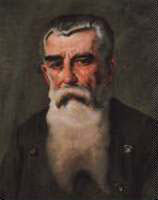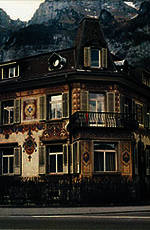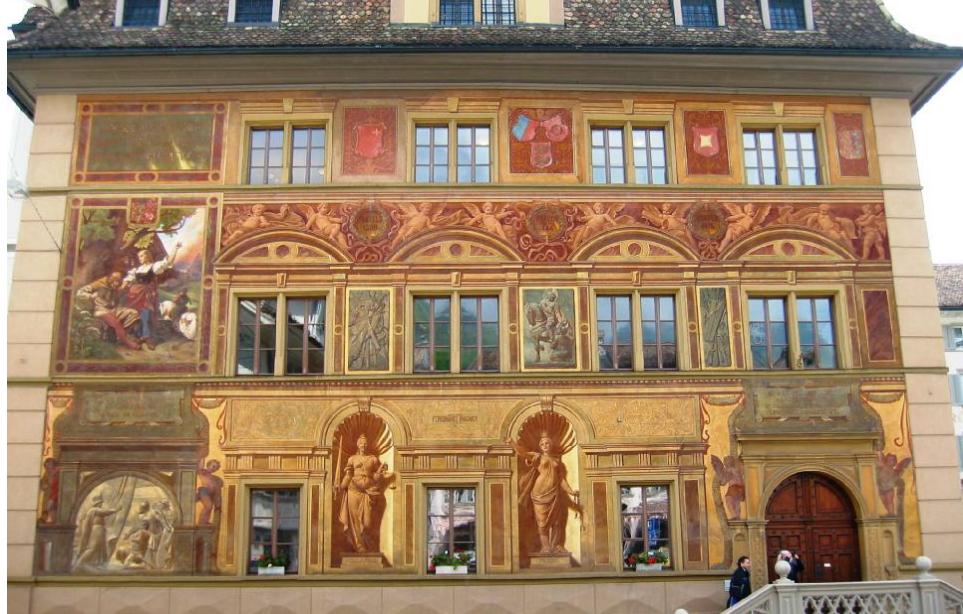
A.W. Keim, Inventor of silicate paints
History of a Groundbreaking Idea
Keim mineral paints is a Bavarian invention whose roots go back to the history of that region.
Scientist Adolf Wilhelm Keim successfully combined glass water (potassium silicate solution) with inorganic colored pigments to obtain a dye that both penetrates and chemically reacts with the mineral substrate on which it is applied.
KEIM paints become part of the surface, while organic paints form only layers on the surface. This high quality silicate paint system is a unique product with its performance, durability, protection and color fastness. Today, original paints from the last century remain on the facades. The works in “White Eagle”, Stein am Rhein, Wlenstadt, Traunstein and Oslo, which were found in Switzerland and painted in 1891, are the greatest proof of the robustness, protection, fastness and quality of KEIM Silicate paints.

Walenstadt/ Switzerland, a house painted with KEIM silicate paint
Potassium silicate has been known as Liquid Silicon since the middle ages. Later, in 1768, the German poet, playwright and scientist Johann Wolfgang von Goethe commented on one of his own experiments on glassy substance, “What made me work for a long time was liquid silicon. This substance is formed when you treat quartz sand with some alkaline solution. This substance melts in the air and forms an extremely beautiful, clear, transparent liquid. ”
However, Goethe did not have a chance to put his thoughts into practice. It was the Bavarian King Ludwig who started the intensive research activities of Adolf Keim. The king of Bavaria, who had a great interest in art, was so impressed by the vibrant frescoes in Northern Italy that he wanted them to be in his own kingdom. The harsh climate in the north of the Alps destroyed these frescoes in a very short time. Thus, he also asked the Bavarian scientists to develop a paint that looks similar to lime frescoes but also has much more durability.
The unique solution to this request was hidden in Keim’s invention. Liquid silicate paint, which becomes a part of the surface it is applied and also bonds the color pigment to it… Classical KEIM mineral paint continues its pioneering position with continuous research and development studies.

Bayern King Ludwig I

Johann Wolfgang von Goethe

Town Hall Schwyz, original painting from 1891



